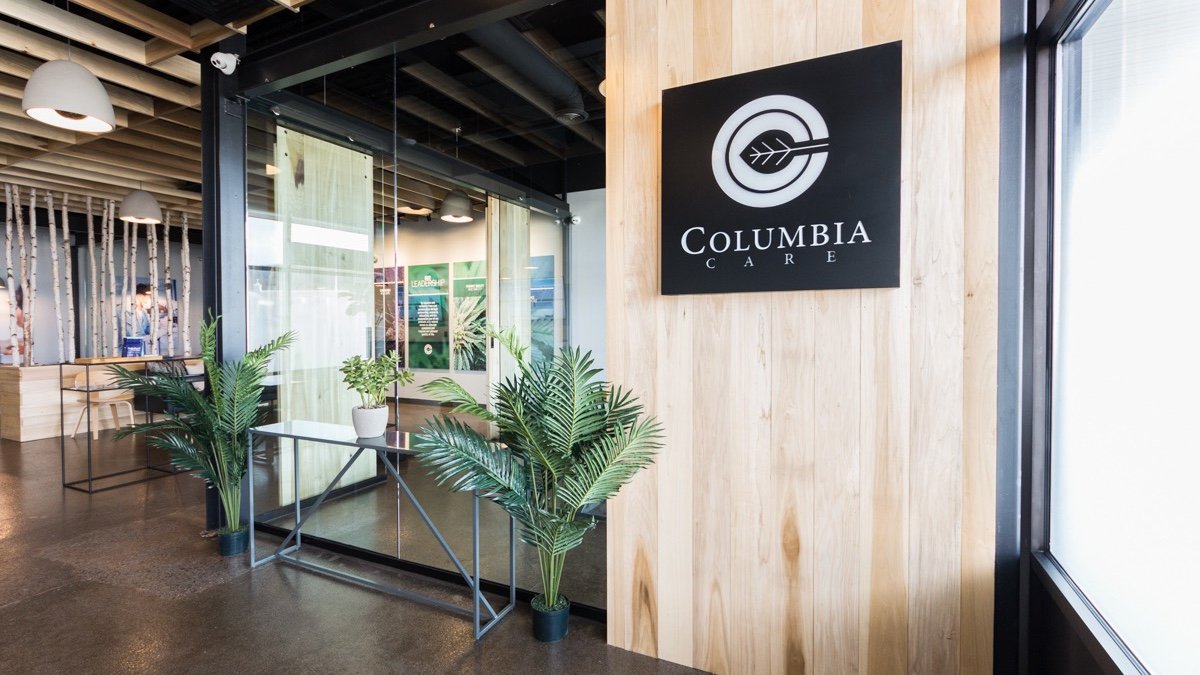Wall panelling has become a central feature in modern home design, offering both visual appeal and functional benefits. It provides a way to define spaces, add texture, and introduce character to rooms of all sizes. Whether you’re renovating, decorating, or building from scratch, wall panelling ideas can enhance your home’s design and make it feel more refined, welcoming, and unique.
One popular use of wall panelling is to create depth and dimension in otherwise flat spaces. Vertical or horizontal slats, tongue-and-groove boards, and square panelling patterns all help break up large wall surfaces. This subtle structure adds interest to the room without needing bold colours or complex decor. In minimalist or modern interiors, this type of detailing brings visual movement while keeping a clean, orderly look.
For homes with a more traditional style, classic panelling techniques such as wainscoting or raised panels offer timeless charm. These styles are often used in entryways, dining rooms, or living areas where a sense of formality and structure is desired. Painted in soft creams or muted greys, traditional panels can blend into period homes or elevate transitional interiors that blend old and new.
Contemporary panel ideas have expanded to include sleek, geometric designs that serve as a modern alternative to standard wall finishes. For example, MDF panels with angular patterns or 3D reliefs can turn a simple wall into a striking feature. These are especially effective in hallways, staircases, or behind beds and sofas. Some homeowners even apply the same pattern across cabinets or doors to create a seamless, high-end look.
Another inspiring idea involves using natural wood panelling to bring warmth and texture to a space. Timber panels in oak, walnut, or cedar offer a rich, earthy tone that softens modern interiors and adds contrast to painted walls. Vertical wood slats are particularly popular in Scandinavian-inspired designs and can be used from floor to ceiling or half-height depending on the desired effect.
Wall panelling isn’t just about looks. It also provides practical benefits, especially when it comes to wall protection and insulation. In high-traffic areas such as hallways or stairwells, panelled walls resist scuffs and wear better than painted drywall. In some cases, panelling can help with acoustic performance, especially when using soft or fabric-covered materials. This makes panelling an ideal addition to home offices, media rooms, or bedrooms where sound control adds comfort.
Colour choice plays a large role in the success of wall panelling design. Neutral colours create a calming, understated look, while deep shades like navy, forest green, or charcoal make a dramatic statement. Painting panels the same colour as the wall creates a subtle, textured finish. Alternatively, contrasting tones between the panel and the wall behind it can emphasize the design even more.
Easy-to-install options have made wall panelling more accessible than ever. Many systems are designed to be applied with adhesive or hidden fixings, making them a viable DIY project. Others come pre-finished, reducing the need for paint or additional treatment.
In summary, exploring wall panelling ideas is a valuable step in enhancing your home’s design. With options that suit every taste—from modern minimalism to traditional elegance—panelling offers a versatile and lasting way to elevate your interior spaces.


